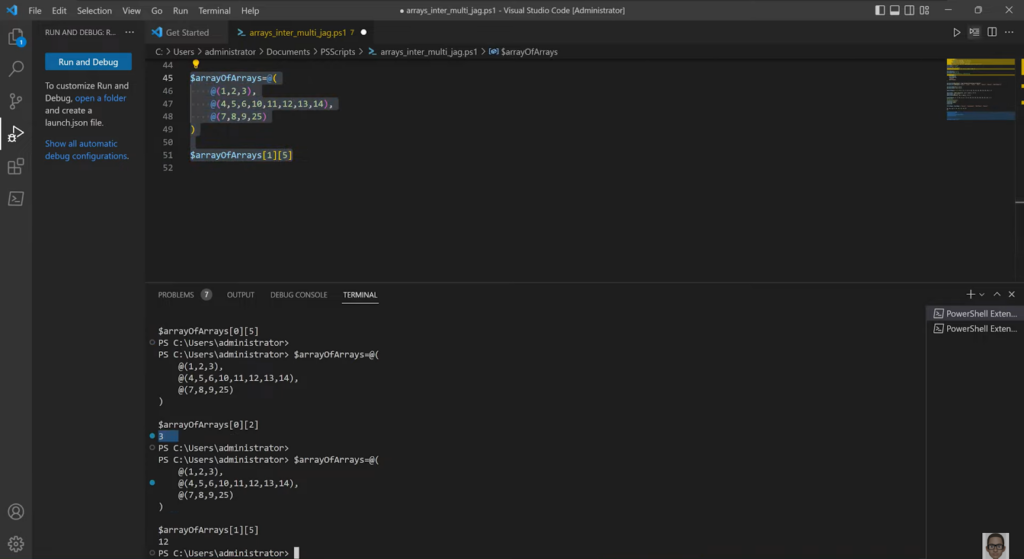
Illustrating PowerShell: Multidimensional Arrays
PowerShell is a versatile and powerful scripting language that provides administrators and developers with a wide range of tools to automate tasks, manage systems, and work with data. One of the essential data structures in PowerShell is arrays, which can hold collections of items. In this article, we’ll explore multidimensional arrays in PowerShell, showcasing their utility and providing practical examples to help you understand and use them effectively.
Understanding Multidimensional Arrays
In PowerShell, an array is a collection of values that can be of different types, such as integers, strings, or objects. A multidimensional array, as the name suggests, is an array that has more than one dimension. In essence, it’s like a table with rows and columns, where each cell can hold a value.
The most common multidimensional array is a two-dimensional array, which resembles a grid or a table. You can think of it as an array of arrays, where each element of the outer array is itself an array. In a two-dimensional array, you can access elements using two indices: one for the row and one for the column.
In the world of multidimensional arrays, we encounter two distinct categories: jagged arrays and true multidimensional arrays. These two array types offer unique characteristics and functionalities that cater to various programming scenarios and requirements. By understanding the differences between them, you can harness their power more effectively in your coding endeavors.
Jagged Arrays
Jagged arrays are among the most commonly used array structures in programming. Their versatility lies in their ability to accommodate varying dimension sizes within the same array, making them a cost-effective choice for many applications. Explore the advantages and applications of jagged arrays in this informative guide.
$array = @(1, 2, (1, 2, 3), 3, 4, (10, 11, 12), 5)
$array[0]
$array[1]
$array[2]
$array[2][0]
$array[2][1]
$array[5]
Result:
1
2
1
2
3
1
2
10
11
12True Multidimensional Arrays

True multidimensional arrays resemble matrices in their functionality and structure. When creating a true multidimensional array, you define its size upfront, providing a structured and ordered way to store and manipulate data. Delve into the world of true multidimensional arrays and discover their similarities to matrices in this informative exploration.
$array = New-Object 'object[,]' 5,8
$array[2,5] = 'Hello'
$array[3,7] = 'World!'
$array
Result:
Hello
World!
You can contrast the aforementioned with the following:
[ ][ ][ ] [ ] [ ]
[ ][ ][ ] [ ] [ ]
[ ][ ][ ] [ ] [ ]
[ ][ ][ ] [ ] [ ]
[ ][ ][ ] [ ] [ ]
[ ][ ][Hello][ ] [ ]
[ ][ ][ ] [ ] [ ]
[ ][ ][ ] [World][ ]Conclusion
Multidimensional arrays in PowerShell are valuable tools for working with structured data. They allow you to organize and manipulate data in a way that makes sense for many real-world scenarios. Whether you’re dealing with grids of numbers, game boards, or complex data structures, mastering the use of multidimensional arrays can significantly enhance your PowerShell scripting capabilities. Experiment with these examples and explore more advanced scenarios to become proficient in working with multidimensional arrays in PowerShell.